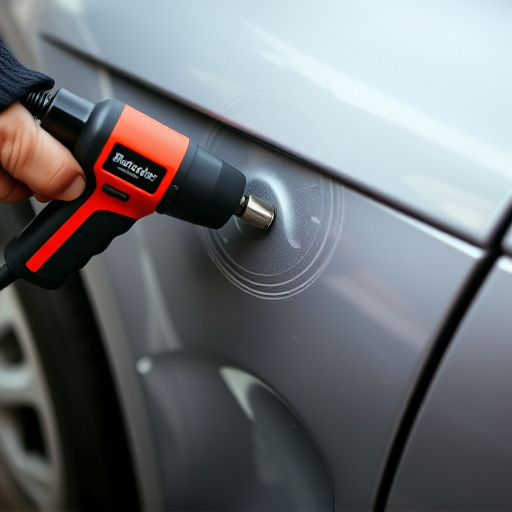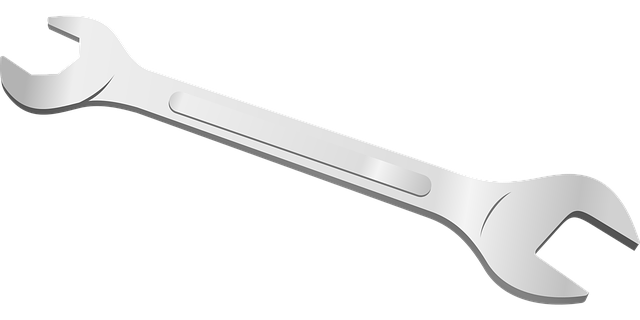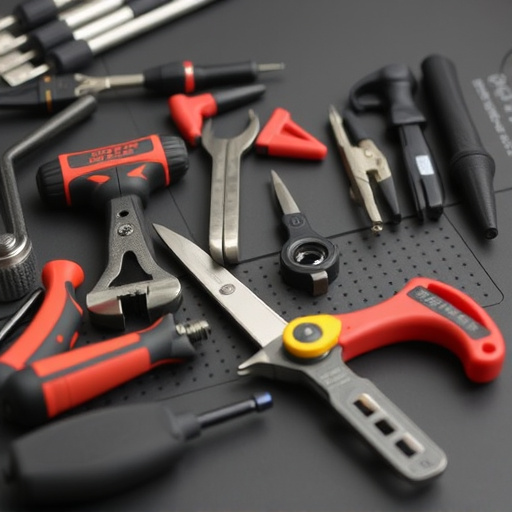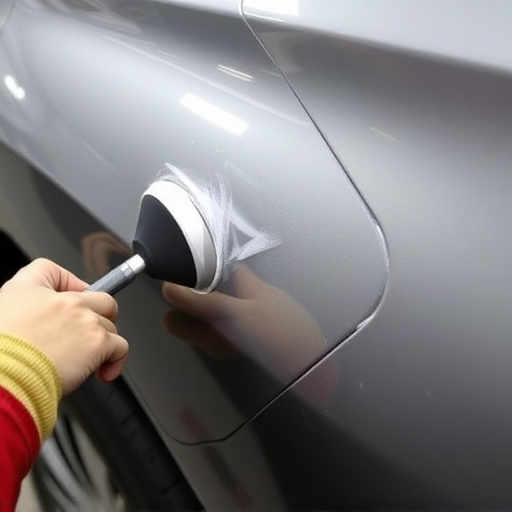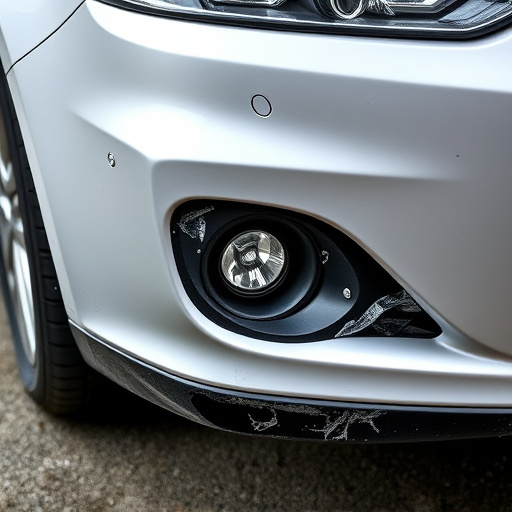Airbag system repair is a specialized, multi-step process vital for vehicle safety after accidents. Reputable services identify issues, disassemble and inspect airbags, then replace or refurbish them while adhering to safety standards. This process begins with issue detection, continues through cleaning and inspection, and concludes with refurbishment or replacement. Efficiency in airbag repairs reduces claim durations, saves costs for insurers and policyholders, and expedites vehicle restoration. A meticulous, manufacturer-guided repair ensures optimal airbag function during collisions, restoring driver confidence and enhancing overall vehicle upkeep.
Airbag system repair is a critical aspect of automotive safety that significantly influences insurance claim processes. This article delves into the intricate repairs involved, exploring how they impact insurance claims’ efficiency and costs. We examine the step-by-step repair processes, analyze their effect on claim timelines, and discuss the role of effective airbag repairs in enhancing safety and rebuilding trust among consumers. Understanding these dynamics is vital for both insurers and policyholders.
- Understanding Airbag System Repair Processes
- The Effect on Insurance Claim Timelines and Costs
- Enhancing Safety and Trust through Effective Repairs
Understanding Airbag System Repair Processes

Understanding Airbag System Repair Processes
Airbag system repair is a specialized and critical component within the broader insurance claim processes for vehicles involved in accidents. It’s a multi-step procedure that involves careful disassembly, inspection, and replacement of faulty or damaged airbags and their associated components. Reputable car repair services with expertise in airbag system repair meticulously assess each case to determine the extent of damage, ensuring compliance with safety standards. This often includes frame straightening and meticulous auto body work to restore the vehicle’s structural integrity.
The process begins with identifying the source of the issue, whether it’s a sensor malfunction or an inflated airbag that needs replacement. Following this, trained technicians carefully separate the airbags from the vehicle, clean and inspect them for any damage or wear and tear. If repairable, they’re meticulously refurbished; otherwise, they’re replaced with new ones. Throughout the process, attention is paid to ensuring the proper inflation and deployment of the airbag system during future accidents, underscoring its vital role in passenger safety.
The Effect on Insurance Claim Timelines and Costs

The process of airbag system repair significantly influences insurance claim timelines and associated costs. When an airbag is deployed during a collision, it becomes a critical safety component that requires immediate attention. Traditionally, insurance providers would allocate a certain period for the repair, often adding to the overall claim duration. However, with specialized airbag system repair services, this process has become more efficient. Skilled technicians can quickly diagnose and fix the issue, ensuring faster turnaround times. This efficiency is particularly beneficial in cases where the vehicle needs to be returned to service promptly, reducing the time a policyholder is without their vehicle.
Moreover, these repairs often lead to cost savings for both insurance companies and policyholders. Specialized collision repair services equipped with advanced tools and training can perform airbag system repairs at lower costs compared to general repairs. This reduction in expenses is passed on to policyholders through potentially lower claim settlements. Additionally, prompt airbag repairs can prevent further damage to the vehicle’s car bodywork, thereby minimizing overall repair bills, including auto detailing services, ensuring a more cost-effective insurance claim process.
Enhancing Safety and Trust through Effective Repairs

Airbag system repair plays a pivotal role in enhancing safety standards and restoring trust in vehicles post-accident. Effective repairs ensure that the airbags function optimally when needed, which is crucial for protecting occupants during collisions. A well-executed airbag repair process involves meticulous inspection, replacement of faulty components, and adherence to manufacturer guidelines—all of which contribute to a safer driving experience.
Moreover, reputable auto repair shops specializing in airbag system repair also offer services like vehicle dent repair and car restoration, addressing various aspects of vehicle upkeep. These shops prioritize customer trust by providing transparent estimates, using high-quality parts, and guaranteeing their work. This holistic approach not only facilitates smoother insurance claim processes but also cultivates a sense of security among drivers, knowing their vehicles are in capable hands.
Airbag system repair plays a pivotal role in streamlining insurance claim processes, reducing costs, and enhancing safety. By understanding the intricate repair processes and their impact on claim timelines, insurance providers can efficiently manage expectations and resources. Effective airbag repairs not only ensure vehicle safety but also build trust with policyholders by demonstrating a commitment to thorough and accurate workmanship. This, in turn, contributes to a more seamless and cost-effective insurance claim experience for all parties involved.

